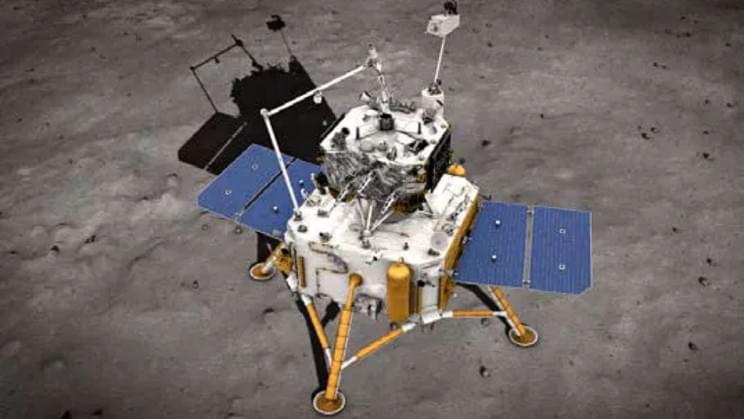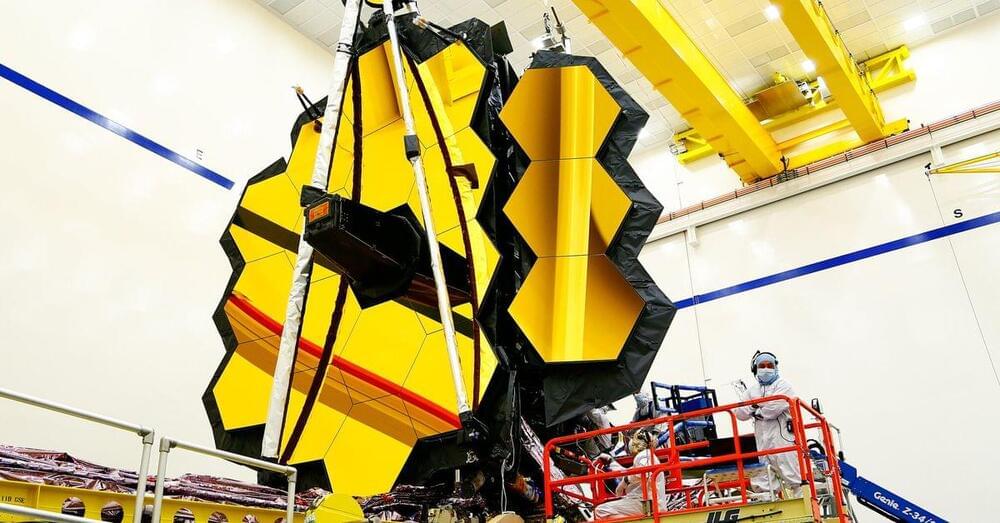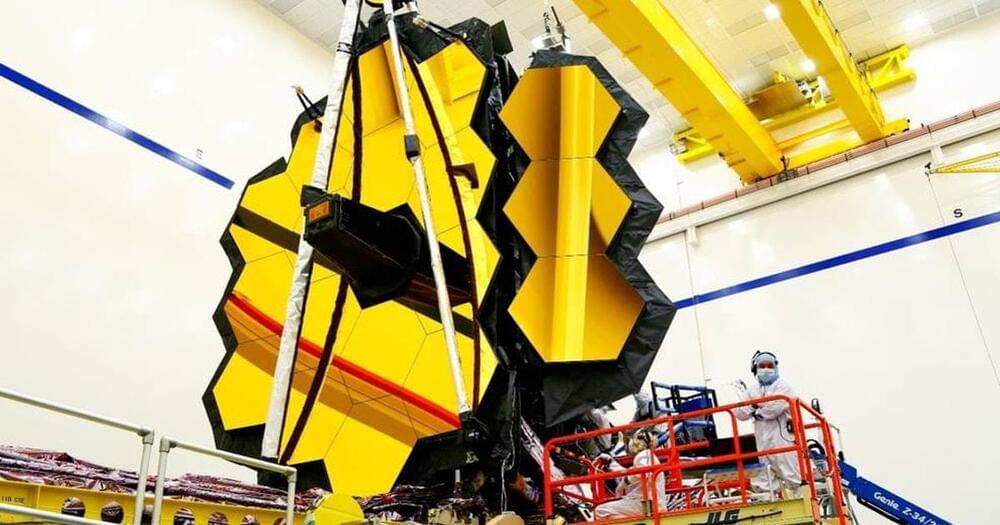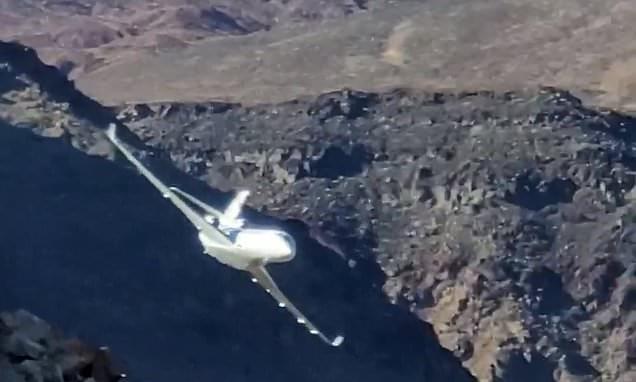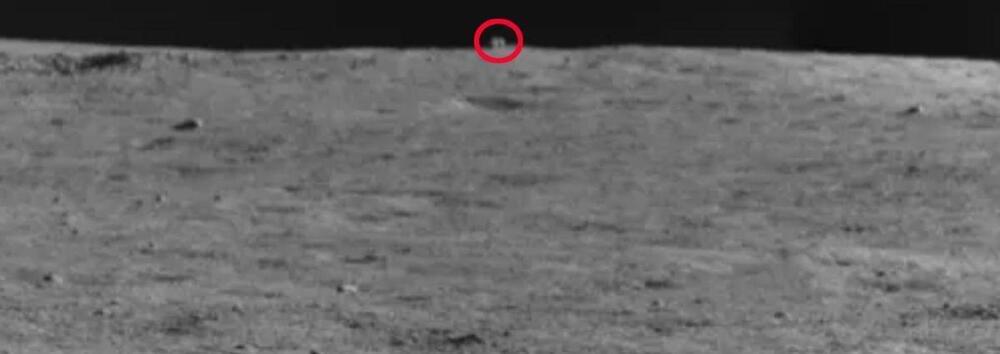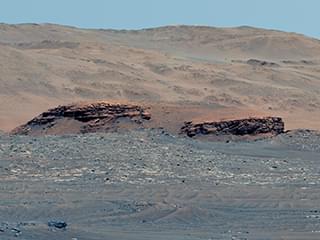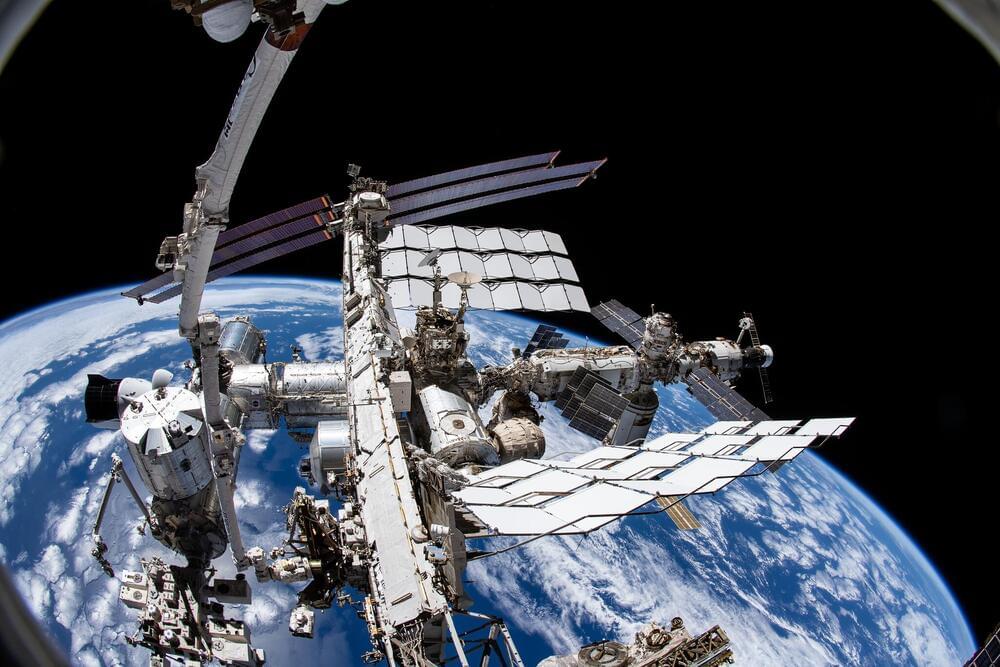Adding to its space program’s growing list of achievements.
China’s space program (CNSA) is the first to detect water signals directly from the Moon’s surface thanks to its Chang’e-5 lunar probe, a report from CGTN reveals.
The new breakthrough provides yet another important milestone for the CNSA, which is ambitiously closing the gap between itself and the world’s two historic space superpowers, the U.S. and Russia.
The first in-situ lunar water detection For years, thanks to a number of orbital observations and sample measurements, it has been known that water exists on the Moon. In fact, last year a California-based startup called Masten Space Systems announced it is developing a robotic rover that can mine ice on the Moon to provide future lunar habitats with water and oxygen.
Full Story:
